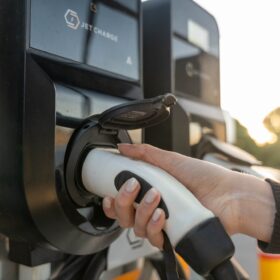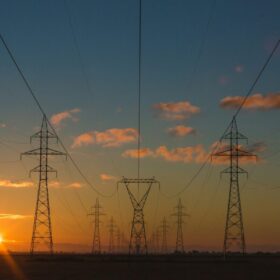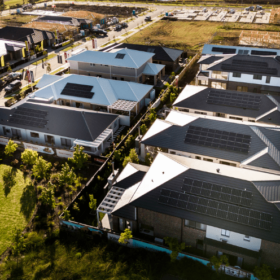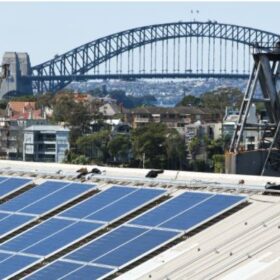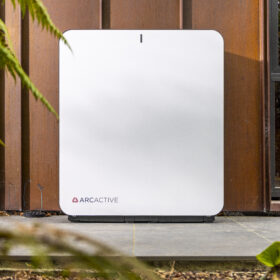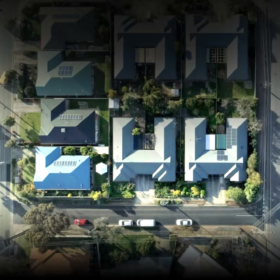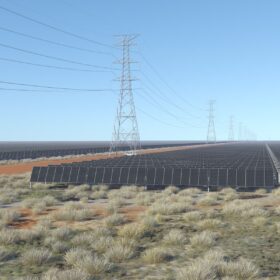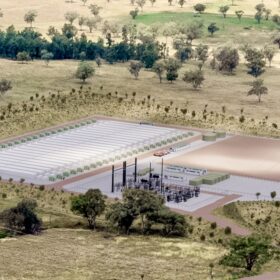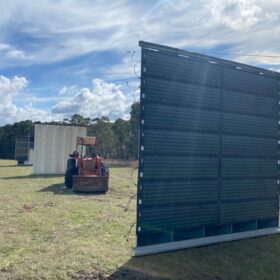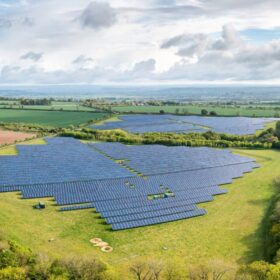Ace Power’s 8 GWh battery project clears federal hurdle
A battery energy storage system of up to 1 GW and 8 GWh capacity has been given the green light for northern New South Wales after securing environmental approval from the federal government.
SERIS achieves world record efficiency of 26.7% for perovskite-organic tandem solar cell
The tandem device is based on a bottom organic cell that can achieve a power conversion efficiency of 17.9% and a high short-circuit current density of 28.60 mA cm2. Furthermore, it uses a top perovskite solar cell with an open-circuit voltage of 1.37 V and a fill factor of 85.5%.
What does Australia’s new battery rebate mean for V2G technology?
In the recent Australian election, Prime Minister Anthony Albanese’s Labor Party returned to power with a key campaign promise for a national rebate on home battery systems. This is an important and necessary step in the country’s transition to a cleaner, smarter energy future, but for those of us working on vehicle-to-grid technology (V2G) like JET Charge, there’s a question that naturally follows: what does this mean for V2G uptake?
Sinovoltaics tracks 86.5 GW of module output capacity for Southeast Asia
PV module manufacturing capacity in Southeast Asia has reached 86.5 GW across 61 active sites, according to Hong Kong-based quality assurance firm Sinovoltaics. The figures come from the company’s latest “Southeast Asia Solar Supply Chain Map” report.
30 MW of home-grown Tindo solar panels to power major water project
Adelaide-based solar panel maker Tindo will supply 30 MW of its Australian-made solar panels to power Queenland’s large-scale, 182 kilometre underground Bowen Water Pipeline project.
Policy shifts needed to unlock existing transmission network capacity
Neara co-founder Jack Curtis says the opportunity to boost capacity of existing transmission networks is possible with smarter grid solutions and derisk reliance on new transmission projects facing potential delays.
The solar battery rebate scheme must not become ‘Pink Batts 2.0’
The Albanese Government’s $2.3 billion solar battery rebate scheme is one of the most exciting developments Australia’s energy sector has seen in years but if we don’t get the rollout right from day one, we risk undermining everything this scheme stands for and repeating the disastrous mistakes of the Pink Batts program.
New South Wales councils not waiting for government to mandate electrification
With just 54 months until New South Wales reaches its 2030 50% emissions reduction target, five councils are taking matters into their own hands to mandate the electrification of all new buildings, except industrial.
The best tilt angle to improve PV system performance on low-income housing
Researchers have demonstrated that the theoretical optimal tilt for rooftop solar energy production in low-cost buildings in Nigeria is approximately 5.67°. Their modeling suggests to adopt south-facing roofs for PV generation in the southern hemisphere.
Discounts don’t buy home battery trust in rebate landscape: study
A new study out of Curtin University in Perth has found that despite growing affordability from government rebates, Australian households hesitate to adopt home batteries due to significant non-financial barriers.


